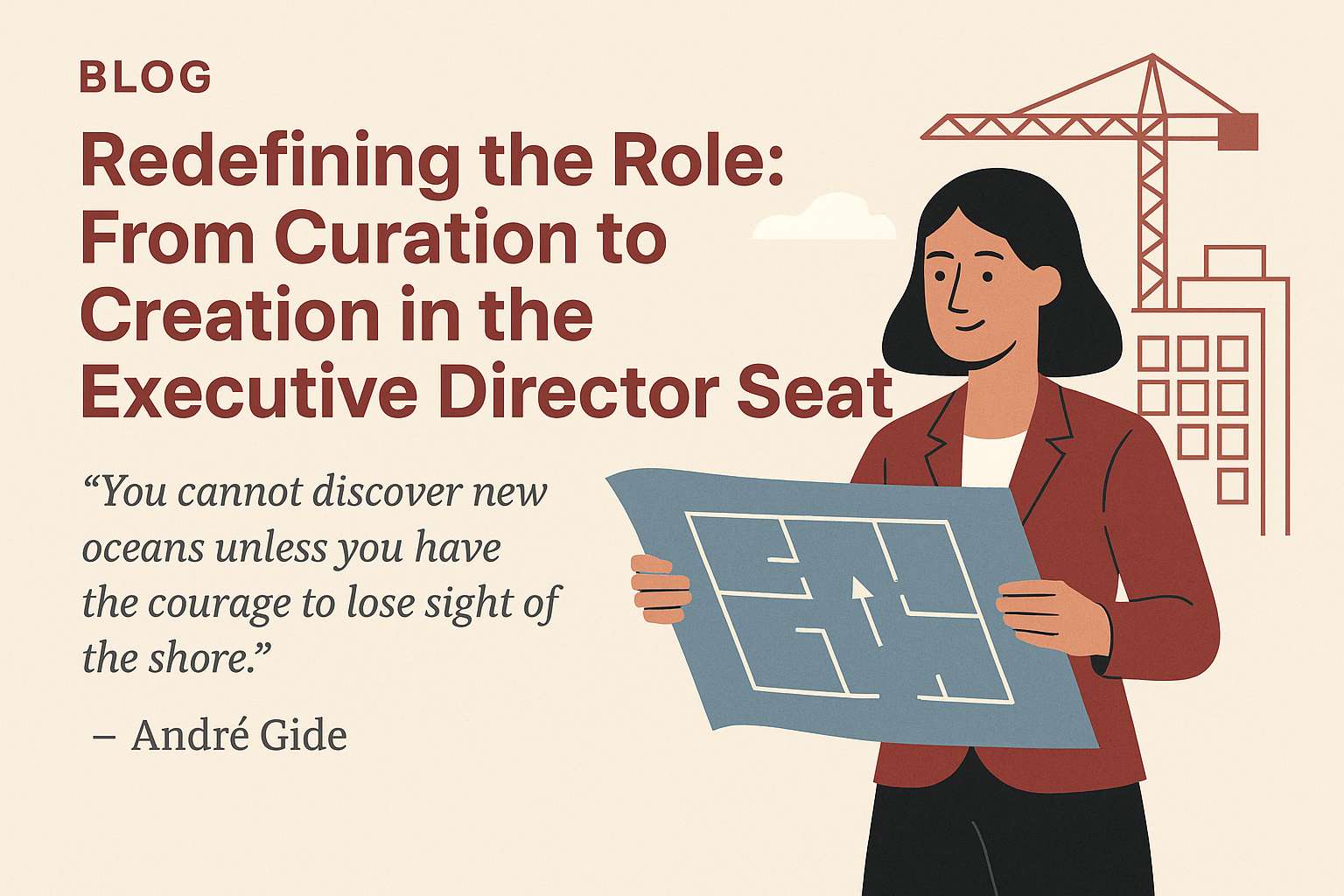
“You cannot discover new oceans unless you have the courage to lose sight of the shore.”
André Gide
The Executive Director (ED) (CSO) has historically been viewed as the person tasked with maintaining programs, managing staff, and preserving organizational history. But as disruption becomes the norm, that orientation is no longer sufficient. The association executive of the future must not only maintain the house but also be willing to redesign it.
The ED role is shifting from curation to creation—from guardian of stability to architect of transformation in partnership with the Board.
The Old Model: Efficiency and Legacy
In traditional leadership models, roles were established for continuity, encompassing management of operations, maintenance of board relationships, and ensuring compliance. Strategic plans, if strategic at all, served as guideposts for incremental improvement. Innovation was often treated as risky rather than necessary.
That model worked when the pace of change was manageable. But today’s environment is volatile, and continuity without adaptation can quickly turn into stagnation.
The New Mandate: Creativity and Possibility
Modern Executive Directors (EDs) (CSOs) must embrace a broader mandate: not just running the association but actively helping shape its future in collaboration with the Board.
- Asking why and what if, not just how
- Creating space for innovation, experimentation, and iterative learning
- Building coalitions inside and outside the organization
- Modeling agility in the face of complexity and contradiction
In this context, EDs are not just implementers of board decisions; they are critical sense-makers, foresight practitioners, and cultural leaders. To be sure, the Board sets the direction of the association, but EDs must be willing to engage in amore robust partnership with theBoard.
Becoming a Strategic Creator
To succeed in this new context, Executive Directors must shift their internal orientation:
- From managing programs to leading platforms
- From annual reports to living roadmaps
- From consensus-building to possibility-generation
They must also develop new competencies in systems thinking, digital fluency, and adaptive governance.
Board Support Is Non-Negotiable
No ED can transform alone. Boards must evolve alongside executives, transitioning from risk-averse gatekeepers to curious, generative partners. They must permitinnovation and remain supportive when experiments fail.
Board-ED alignment is critical, encompassing a shared vision, trust in the process, and a mutual commitment to transformation.
Key Takeaways
- The Executive Director role must evolve from caretaker to change agent.
- Creativity, foresight, and strategic influence are now core competencies.
- Boards must support this shift by embracing adaptive governance.
- Success depends on courageous leadership and a shared appetite for redefining the future.
Coming Next Week: Part 3
Accelerated Exits: Succession Planning in the Age of Constant Change
What happens when the Executive Director you’ve invested in decides to leave—or needs to? In Part 3, we tackle the urgent need for dynamic, continuous succession planning.